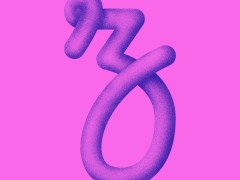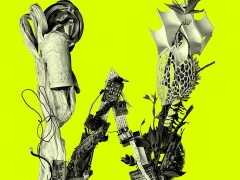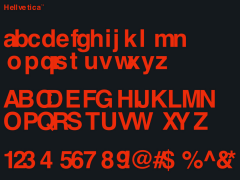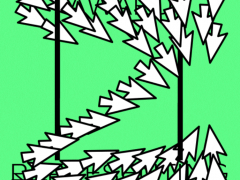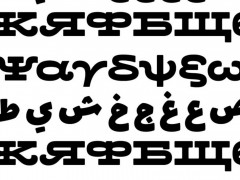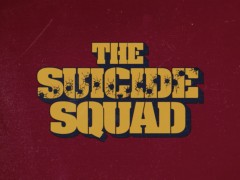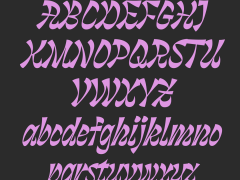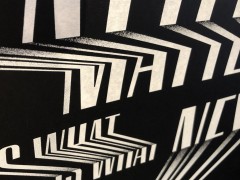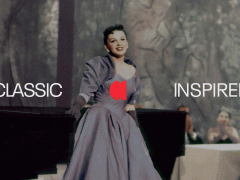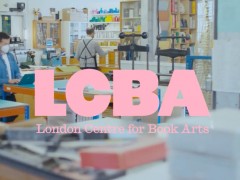Please the eye: Lucida's type designer Charles Bigelow on what makes a font everlasting
HOUR Detroit interviews the creator of the ever popular Lucinda typeface, Charles Bigelow so there you have it, a must-read for all type design lovers follows.
The typography professor at Stanford University and a recent recipient of the prestigious MacArthur Fellowship, aka the Genius Grant, Bigelow is a type historian, educator, creator and author of the upcoming book Our Work about his and Holmes' body of font work.
Bigelow learned typography from Jack Stauffacher in the fall of 1967. "He taught at the San Francisco Art Institute in Typographic Workshop 17, a basement room off one of the corridors in the old concrete buildings that ramble down the slope of Chestnut Street on Russian Hill. Although I’ve been a working typographer and a teacher of typography for five decades, Jack’s was the only course in typography I ever took" he writes.
In the early 1980s, the pioneering Bigelow and Holmes saw that computers would become more widely used and that "digital typography would be possible for more people. At that time, digital printers and computer screens had low resolutions. The goal of Lucida was to create a new, original family of fonts for medium and low-resolution digital printers and displays."
Lucida aka Lucida Sans, Lucida Bright, and Lucida Sans Unicode, designed by Bigelow and his partner in typography, Kris Holmes, was released back in 1984 -it still reigns due to its clarity, its legibility and beauty.
In the interview Bigelow talks on Lucida, its haters and what really makes a great font.
Following are some highlights:
On developing Lucida
"It was not easy. It’s like publishing — you design a type, and a company may or may not license it and sell it. A lot of them weren’t interested in it. Kris and I designed a typeface in 1977 called Leviathan for a special edition of Moby Dick, but our first digital type was Lucida, released in September of 1984, when I was 39. We thought the old types never looked right for printing on low-resolution laser printers. We called our font 'Lucida' to suggest it was made out of light and clear. 'Lucida' comes from the Latin word lux for light and clarity."
What makes a good font?
"There are great fonts for different purposes. Partly it's fashion, partly it's technology, and partly it's the function. What is it supposed to do? A font on a laundry detergent needs to be bold to look like it'll beat the dirt right out of your clothes. In a novel, you don’t want the font to tell you anything other than what the writer is trying to tell you. It has to be modest. Generally, to me, a great font is easy to read. If it’s used a lot and endures for years, then there must be some good qualities. It must have polish, rhythm, and shapes that are pleasing to the eye."
On Lucida haters
"Understandably, some people say, 'What's so great about that? It's kind of plain.' To those people I have to say, 'Well, you’re right.' It was designed for a certain era and a certain mode of expression. I don’t object to criticisms. When the telephone company was designing the range of signals that could be transmitted over the wires, they measured the frequency of human speech, and they came up with a bandwidth that was enough to capture the speaking voice. But it wouldn’t have been able to capture opera singers or Whitney Houston. In a way, we were trying to do that — limit the complexity."
Read the whole interview here.
Tags/ typography, typeface, type design, font, interview, lucida, chuck bigelow, kris holmes


